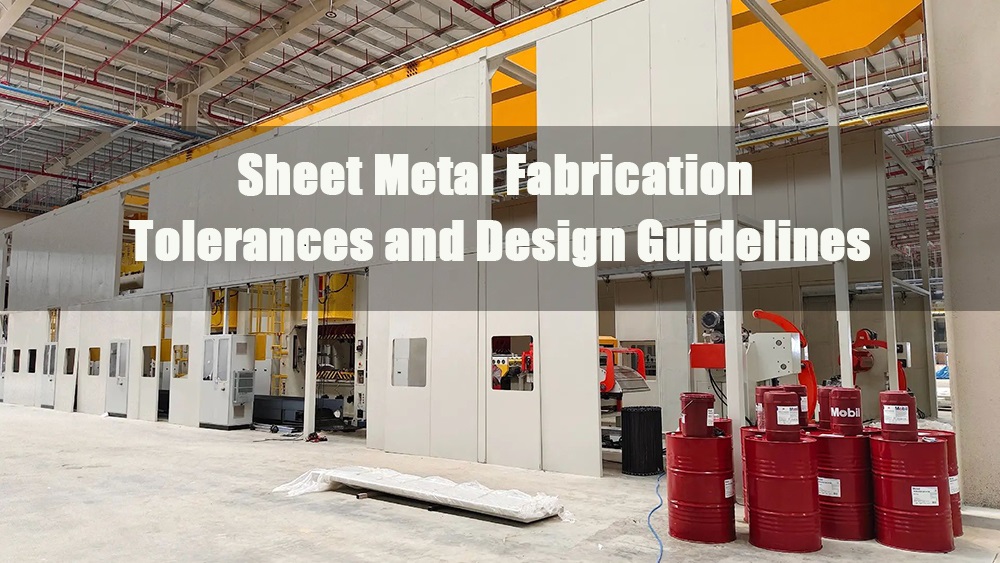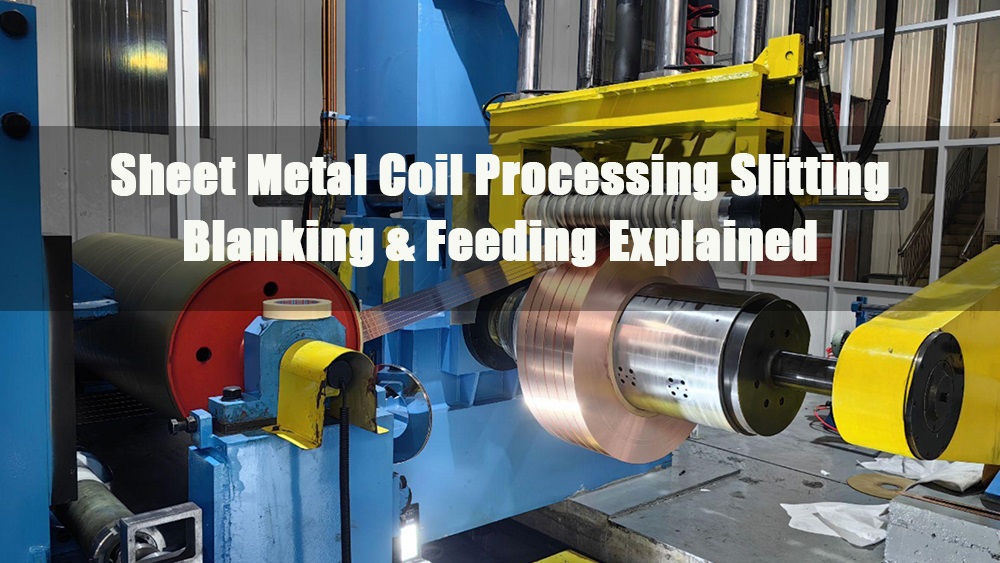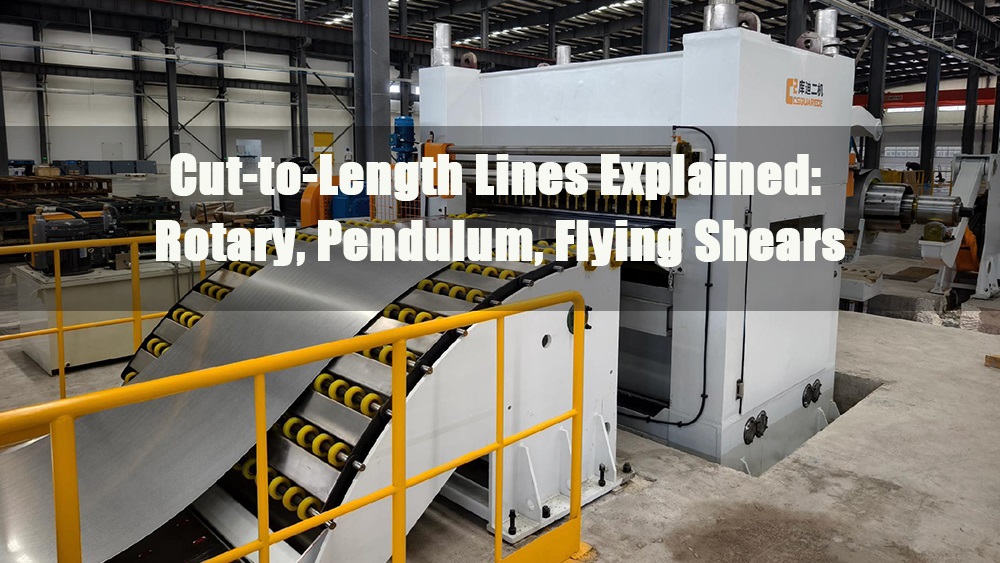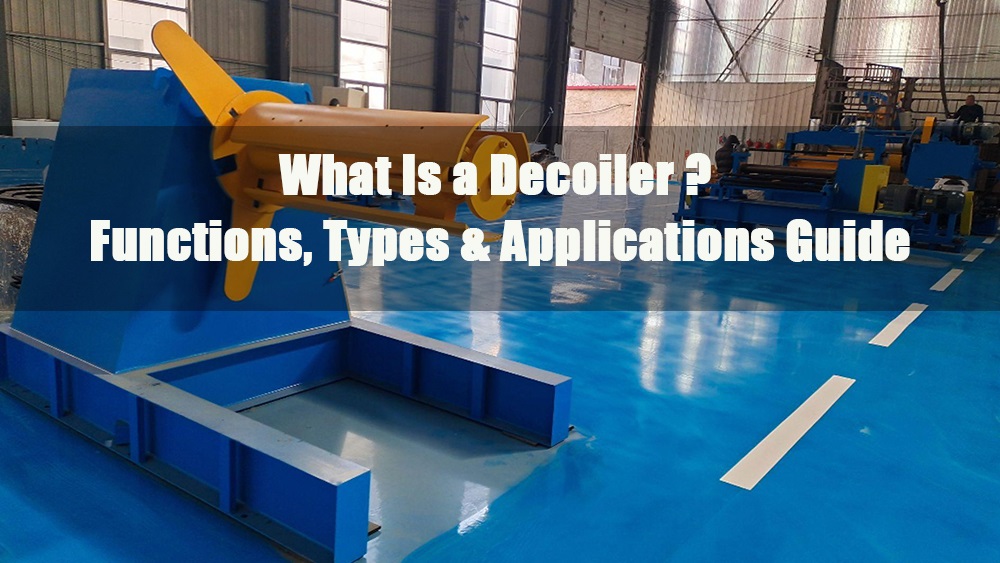
- 1.0What Is Prepainted Metal and Why Manufacturers Are Adopting It
- 2.0Top Industries That Use Pre-Painted Metal Products
- 3.0How Coil Coating Works in Prepainted Metal Production
- 4.0How Prepainted Metal Is Made: A Step-by-Step Guide to Coil Coating Equipment
- 5.0Coil Coating Line Capabilities and Testing
- 6.0Advantages of Prepainted Metal in Manufacturing
- 7.0Prepaint vs. Post-Paint: Coil Coating Value Comparison
- 8.0How Prepainted Metal Supports Environmental Compliance and Sustainability
- 9.0Superior Coating Properties and Performance
- 10.0Prepaint Considerations for Manufacturers
- 11.0Optimizing Prepaint Use Through Smart Design
- 12.0Design Guidelines for Prepainted Metal Coatings
- 13.0How to Know If Coil Coating Is Right for Your Manufacturing Operation
1.0What Is Prepainted Metal and Why Manufacturers Are Adopting It
Two key trends—rising consumer expectations and global manufacturing efficiency—are driving the shift to prepainted metal.
Consumers want more than just color and finish options; they also demand durability and performance in appliance coatings. Manufacturers, in turn, benefit from lower costs, faster market response, and superior surface quality. Prepainted metal offers design flexibility with a wide range of colors, patterns, and textures, while delivering consistent, high-quality finishes that post-paint methods often cannot match.


2.0Top Industries That Use Pre-Painted Metal Products
Prepainted metal is used in diverse applications across multiple industries, including:
- Construction: Roofing, walls, soffits and fascias, garage and entry doors, storage units
- Appliances: Laundry, refrigeration, dishwashers, small appliances
- HVAC: Heating and air conditioning units
- Transportation: Tractor-trailers, trailer van panels
- Furniture: Filing cabinets, desks, shelving, point-of-purchase displays
- Other Goods: Containers, lighting fixtures, electrical cabinets, lockers, clocks


3.0How Coil Coating Works in Prepainted Metal Production
Before entering the coil coating line, the metal coil typically passes through upstream equipment such as a Decoiler Straightener & Feeder system. A Decoiler machine unwinds the metal coil, while the Feeder Machine and straightening units ensure consistent flatness and feeding speed, critical for achieving high-quality coating during the continuous process.
These coils undergo aggressive alkaline and mechanical cleaning, followed by pretreatment and application of corrosion-inhibiting primers (if applicable), then a color topcoat. The result is a smooth, consistent, corrosion-resistant finish. Coils are delivered in either cut-to-length or coil form for further manufacturing.

4.0How Prepainted Metal Is Made: A Step-by-Step Guide to Coil Coating Equipment
Prepainted metal production involves a series of continuous and highly coordinated processes. Each stage requires dedicated machinery to ensure surface quality, coating performance, and production efficiency.
Coil Preparation
- Coil Car– Transfers and positions coils onto the decoiler.
- Decoiler Machine– Unwinds the metal coil for line feeding.
- Straightener Machine– Removes coil set and flattens the strip.
- Feeder Machine– Precisely feeds the strip into downstream equipment.
(Or: Combined Decoiler-Straightener-Feeder Unit for compact lines)
Welding & Accumulation (Optional but common in continuous lines)
- Butt Welder– Joins the trailing end of one coil to the leading end of the next.
- Accumulator– Stores strip temporarily to allow nonstop operation during coil change.
Cleaning & Surface Treatment
- Degreasing Unit– Removes oil and contaminants from the strip surface.
- Brush Cleaning Machine– Scrubs and prepares the surface for coating.
- Chemical Coater / Rinse Section– Applies conversion coating to enhance paint adhesion and corrosion resistance.
- Drying Oven– Dries the treated strip before coating.
Coating Section
- Roll Coater (Top & Bottom)– Applies primer and top coat using precision rollers.
- Curing Oven– Bakes and cures the applied coatings at controlled temperature and speed.
(Some lines include multiple roll coaters and ovens for multi-layer coating)
Cooling & Finishing
- Cooling Zone / Air Cooler– Reduces strip temperature after curing.
- Tension Leveler (optional)– Further improves flatness and eliminates residual stress.
- Surface Inspection System– Detects coating defects such as pinholes, scratches, or color variation.
Recoiling & Packaging
- Exit Shear– Cuts the strip to the desired coil length.
- Recoiler Machine– Rewinds the finished strip into coils.
- Coil Wrapping or Strapping System– Packages the coated coils for delivery or storage.
Optional Add-Ons Depending on Line Design
- Embossing Unit– Creates surface textures (optional decorative function)
- Printing Unit– For woodgrain or pattern-printed prepainted metal
- Edge Trimmer– Trims coil edges for uniform width


5.0Coil Coating Line Capabilities and Testing
Coil coating facilities invest tens of millions of dollars in equipment. To support these high-speed operations, advanced front-end automation—such as Decoiler machines and servo-controlled Feeder Machines—helps maintain synchronized tension and feeding accuracy, minimizing coil defects and optimizing coating consistency.
This process ensures every inch of flat metal is uniformly coated—something not achievable with post-paint processes after forming. The result: a reproducible, high-quality finish that maintains surface beauty.
6.0Advantages of Prepainted Metal in Manufacturing
Aesthetic Versatility and Design Freedom
Coil-coated metal offers consistent visual appeal with limitless combinations of colors, textures, and patterns. Architects and designers gain maximum flexibility when creating appliances or iconic commercial designs.
Faster Product Launches with Shorter Lead Times
Speed to market is critical in industries like consumer appliances. With prepainted metal, manufacturers can quickly adjust to color changes and bring new designs to market in less time.
Lean Manufacturing and Cost Reduction
Additionally, integrating Decoiler Straightener & Feeder equipment at the front of the production line further supports lean manufacturing by reducing manual handling, streamlining coil preparation, and improving throughput across the coating and forming processes.
This approach minimizes waste, emissions, and compliance burdens while streamlining logistics.

7.0Prepaint vs. Post-Paint: Coil Coating Value Comparison
Traditional Post-Paint Process (5 weeks):
Steel processing → Work in process → Manufacturing → Paint line → Work in progress → Manufacturing
Prepainted Coil Coatings Process (1 week):
Coil line → Die → Manufacturing → Cycle Time Reduction
8.0How Prepainted Metal Supports Environmental Compliance and Sustainability
Prepainted coils help manufacturers reduce their environmental footprint by removing cleaning, pretreatment, and painting from the production floor. Coil coating requires less paint than powder coatings and reduces waste generation.
Environmental advantages include:
- Lower waste handling costs
- Reduced regulatory compliance burden
- Minimized electricity and water use
- Lower maintenance costs
- Elimination of the on-site paint shop
Advanced techniques like dried-in-place pretreatment and VOC recovery via thermal oxidizers further enhance sustainability. Prepainted metals can comply with RoHS standards and undergo rigorous corrosion, salt spray, and humidity testing to ensure long-term performance.
9.0Superior Coating Properties and Performance
- Orange Peel Elimination: Prepaint offers smooth finishes without the texture inconsistencies common in post-paint.
- Durability: A wide array of finishes offers rugged durability for long-lasting consumer products.
- Color Retention: High-end pigments (especially inorganic types) resist fading and are essential in outdoor or high-performance applications.
- ASTM D2248 Detergent Testing: Prepainted metal parts used in laundry and dishwashing appliances perform well under accelerated detergent exposure conditions.
Meeting Consumer Demand: Fingerprint Resistance
Stainless steel’s popularity is marred by fingerprint and smudge issues. Prepainted fingerprint-resistant coatings—clear or tinted—offer a solution by reducing gloss while maintaining brushed metal appearance, meeting both functional and aesthetic demands.
Balancing Formability and Durability
Modern prepaint coatings balance hardness and durability with formability. They support adhesive and mechanical assembly, and weldable primer options are available.
10.0Prepaint Considerations for Manufacturers
Key factors to evaluate before switching to prepainted metal include:
- Timing: Consider preplant adoption during plant downsizing or consolidation.
- Cost: Analyze savings from eliminating in-house post-paint processes.
- Capital Improvements: Use upgrades as an opportunity to convert.
- Environmental Regulations: Reduce the burden of compliance and potential legal liabilities.
- Inventory and Purchasing: Adjust for changes in raw material handling and procurement practices.
- Insurance and Waste: Anticipate cost savings from reducing hazardous paint shop operations.
- Factory Space: Free up valuable space by eliminating paint lines.
11.0Optimizing Prepaint Use Through Smart Design
Manufacturers should prepare for prepaint use early in the design phase. A collaborative design team—including engineers, chemists, marketers, and supply managers—should:
- Set coating objectives upfront
- Leverage market trends for innovative finishes
- Review part drawings early with aesthetics in mind
- Use lab display panels to test coating options
- Design for form and function simultaneously
- Apply lean manufacturing principles
A strong partnership with coatings suppliers ensures early buy-in from the full supply chain, maximizing the benefits of prepainted metal.
12.0Design Guidelines for Prepainted Metal Coatings
When designing components for prepainted metal, consider:
- Substrate properties: Yield, elongation, tensile strength
- Pretreatment compatibility: Including RoHS compliance
- Durability vs. formability: Ensure sufficient bend radii for formability
- Finish standards: Primer plus finish coat layers are standard
- Edge folding: The Engineer folds to hide cut edges
- Finish diversity: Incorporate gloss level and texture variability
- Mechanical embossing: Accommodate for thickness changes and added rigidity
13.0How to Know If Coil Coating Is Right for Your Manufacturing Operation
As prepainted metal adoption increases across industries, manufacturers gain competitive advantages in cost, performance, and market response.
To determine if coil coating is the right move, collaborate with a coatings partner for a detailed cost-benefit analysis. The National Coil Coating Association (NCCA) provides a Cost Comparison Analysis Tool that helps companies assess potential long-term savings across inventory, fixed equipment, and operating costs.







